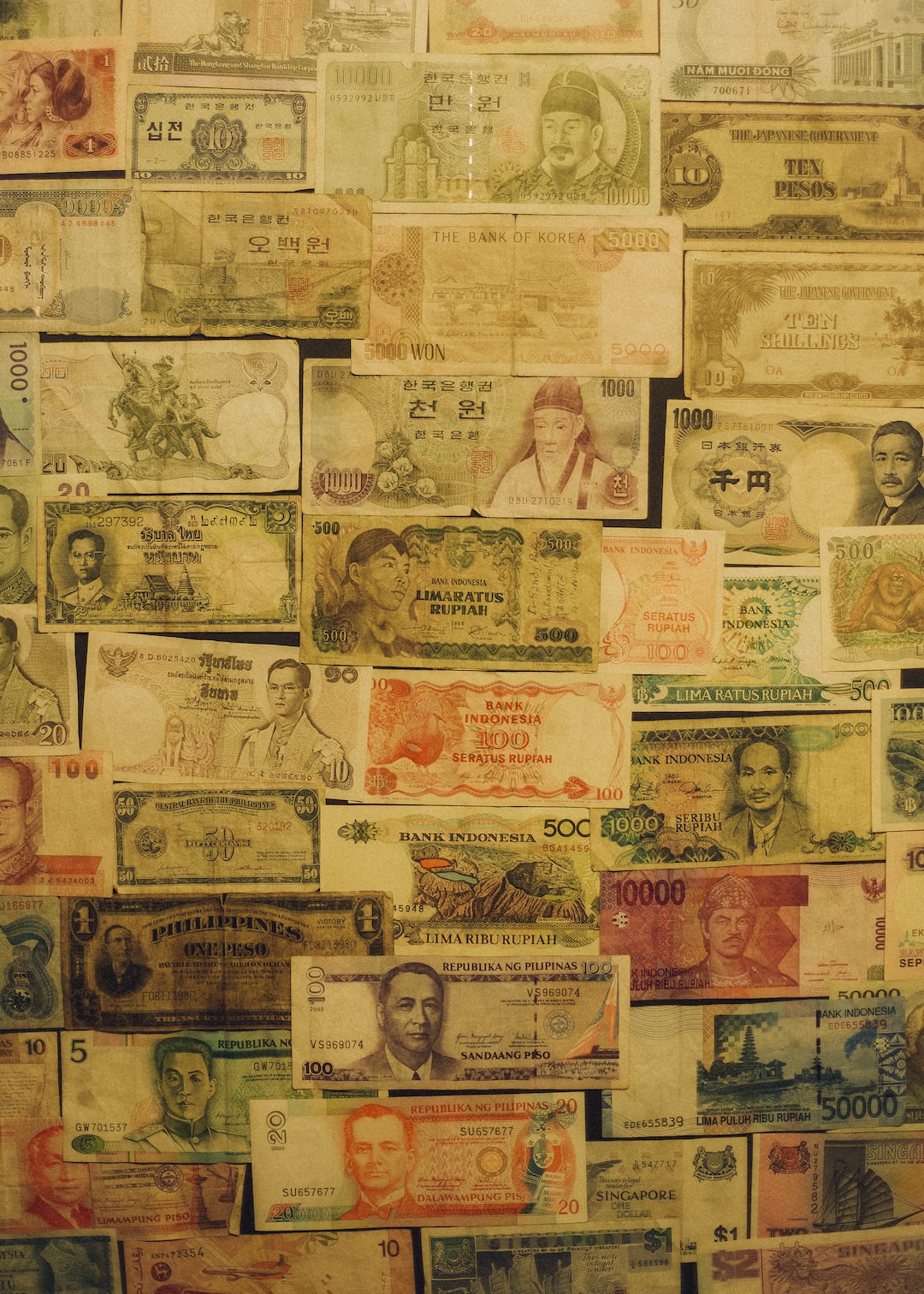Indian forex, also referred to as Indian foreign exchange market, is a decentralized, over-the-counter (OTC) market where participants trade currencies. The Indian forex market is the largest financial market in the world, with an estimated daily turnover of $5.1 trillion, according to the Bank for International Settlements (BIS). The Indian forex market is also one of the most liquid markets in the world, with participants including banks, corporations, governments, and retail investors.
The Indian forex market is regulated by the Reserve Bank of India (RBI), which is responsible for maintaining the stability of the Indian rupee and ensuring the smooth functioning of the forex market. The RBI regulates the Indian forex market through various measures such as setting interest rates, regulating the flow of capital in and out of the country, and intervening in the market when necessary.
The Indian forex market operates 24 hours a day, five days a week, across different time zones. The market is open from Sunday at 5:00 pm EST until Friday at 5:00 pm EST. Trading in the Indian forex market is done through a network of electronic communication networks (ECNs), which connect buyers and sellers around the world.
The Indian forex market offers a wide range of currency pairs for trading, including major currency pairs such as the USD/INR, EUR/INR, GBP/INR, and JPY/INR, as well as exotic currency pairs such as the USD/ZAR, USD/TRY, and USD/BRL. The most actively traded currency pair in the Indian forex market is the USD/INR, which accounts for the majority of the trading volume.
The Indian forex market is known for its high liquidity and low transaction costs, which makes it attractive to traders around the world. The market is also highly leveraged, which means that traders can trade large positions with a small amount of capital. However, leverage also increases the risk of losses, and traders should be aware of the risks involved before trading in the Indian forex market.
There are several strategies that traders use to trade in the Indian forex market, including technical analysis, fundamental analysis, and sentiment analysis. Technical analysis involves using charts and indicators to identify trends and trading opportunities, while fundamental analysis involves analyzing economic data and news events to determine the direction of the market. Sentiment analysis involves gauging the mood of the market and taking positions accordingly.
In conclusion, Indian forex is a decentralized, over-the-counter market where participants trade currencies. The Indian forex market is the largest financial market in the world, with an estimated daily turnover of $5.1 trillion, and is regulated by the Reserve Bank of India. Trading in the Indian forex market is done through a network of electronic communication networks, and the market offers a wide range of currency pairs for trading. The Indian forex market is known for its high liquidity and low transaction costs, but traders should be aware of the risks involved before trading in the market.





